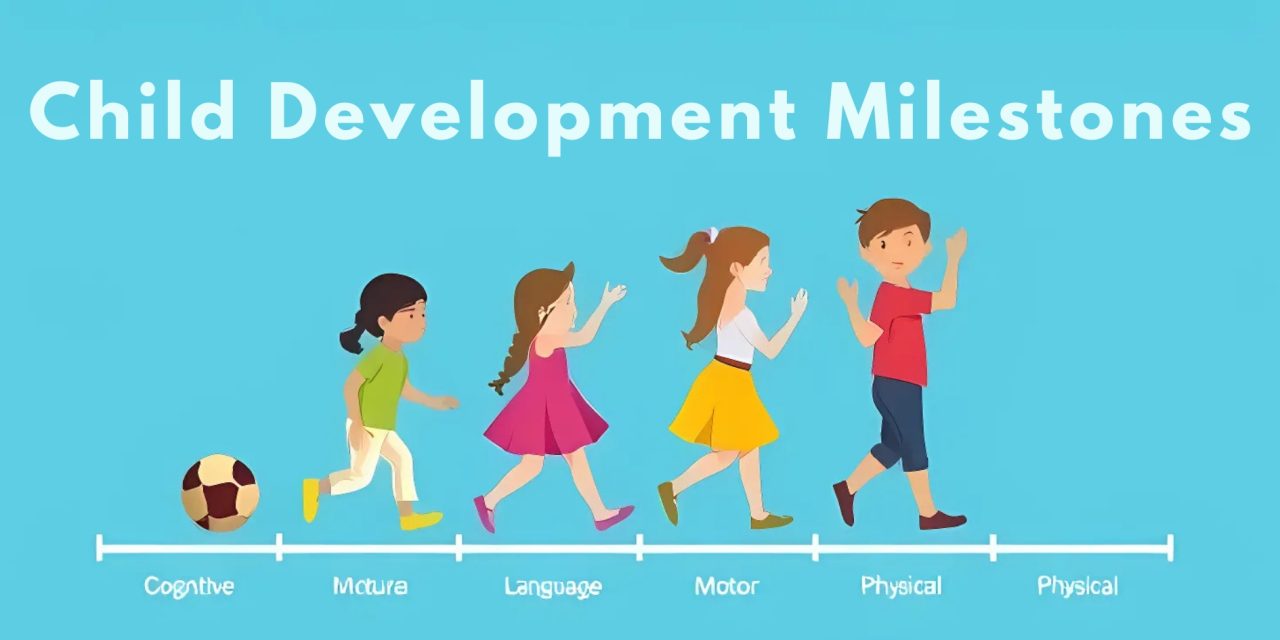Child development milestones are key indicators of a child's growth and progress across various areas of development.
These milestones provide valuable insights into a child's overall development, from physical and cognitive skills to social and emotional abilities. Understanding what to expect at each age can help parents and caregivers effectively support and nurture their child's growth.
In this comprehensive guide, we will explore what and how milestones are measured. Whether you're a new parent or an experienced caregiver, this article aims to equip you with the knowledge and resources to confidently navigate the exciting journey of child development.
What Are Child Development Milestones?
Child development milestones refer to the typical achievements and abilities that children reach at various ages. They encompass cognitive, language, motor, social-emotional, and physical domains.
These milestones are significant indicators of a child's growth and development. They reflect the kids’ progress in the following:
- Understanding the world
- Acquiring language skills
- Refining motor abilities
- Building social connections
- Honing physical capabilities
From the first smiles and babbling to the first steps and complex problem-solving, each milestone represents a crucial building block. Early identification and support for reaching these milestones are critical in fostering healthy and well-rounded development in children.
How Are Child Development Milestones Measured?
Child development milestones are measured in different ways. These include systematic assessment, evaluation, and comparison of a child's progress against established standard norms for each developmental domain.
These measurements involve using various assessment techniques, including observations and parent questionnaires. Standardized evaluations such as the Ages and Stages Questionnaire (ASQ) or the Denver Developmental Screening Test (DDST) are also useful.
Professionals also consider the child's physical, cognitive, social, emotional, and language development to ensure a comprehensive evaluation.
By comparing the child's progress against established norms, caregivers and educators can gain valuable insights into the child's overall development. In fact, this helps them identify any areas that may need additional support or intervention.
The Bottom Line
Child development milestones are essential to understanding your child's growth and progress. Recognizing these milestones can help you support and guide your child through each stage of development.
By measuring progress through assessments and observations, you can ensure your child is on track or identify areas needing extra attention. These milestones serve as a roadmap for parents and caregivers to foster healthy development. Stay proactive and supportive to nurture your child’s full potential.
Curious about what’s next in your child’s development? Visit Marvelus Kids for expert tips, and stay tuned for more insights to help you become the best guide on your child's growth journey!









